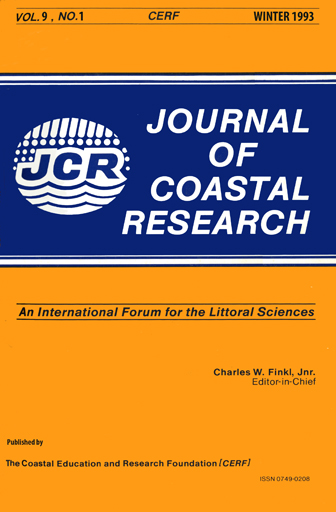Nematode Involvement in the Dieout of Ammophila breviligulata (Poaceae) on the Mid-Atlantic Coastal Dunes of the United States
Keywords:
American beachgrass, pathogen, Trilineellus, Meloidogyne, Xiphinema, Longidorus, Pratylenchus, Hoplolaimus, HelicotylenchusAbstract
Ammophila breoiligulata, American beachgrass, is the major stabilizing plant of the north and mid-Atlantic coastal dunes of the United States. During the past 15 years, A. breviligulata has experienced a dieout along the Atlantic seaboard with the coast of the state of Delaware being particularly devastated. Several abiotic and biotic factors have been contributed as possible causes of this dieout but none have proven conclusive. This study focused on the presence of plant parasitic nematodes and their relationship with A. breviligulata and other plant species that inhabit the dunes. Seven genera of plant parasitic nematodes were identified from two locations in Delaware. Two new undescribed species of Trilineellus and Meloidogyne were isolated from soil around A. breviligulata. Other genera include Xiphinema sp., Longidorus sp., Pratylenchus penetrans, Hoplolaimus sp., Helicotylenchus digonicus and Helicotylenchus multicinus. Most of these species have been shown to cause suppressed growth and root damage on corn and related grasses and were found in large enough numbers around beachgrass to account for symptoms associated with the dieout of this species.


